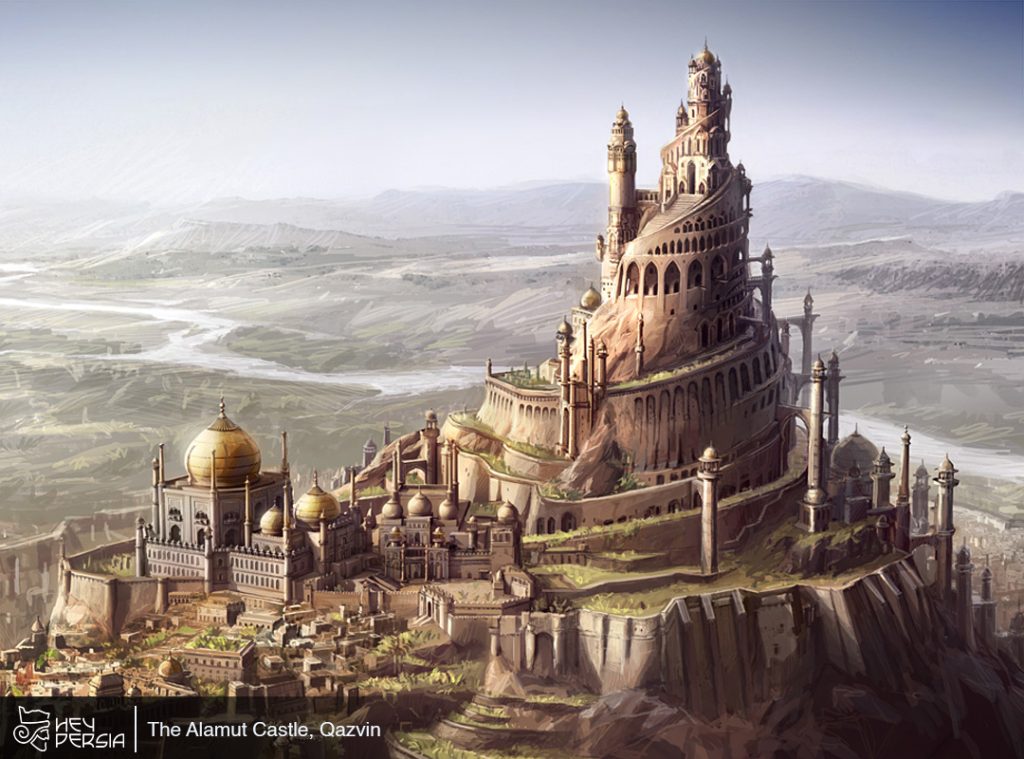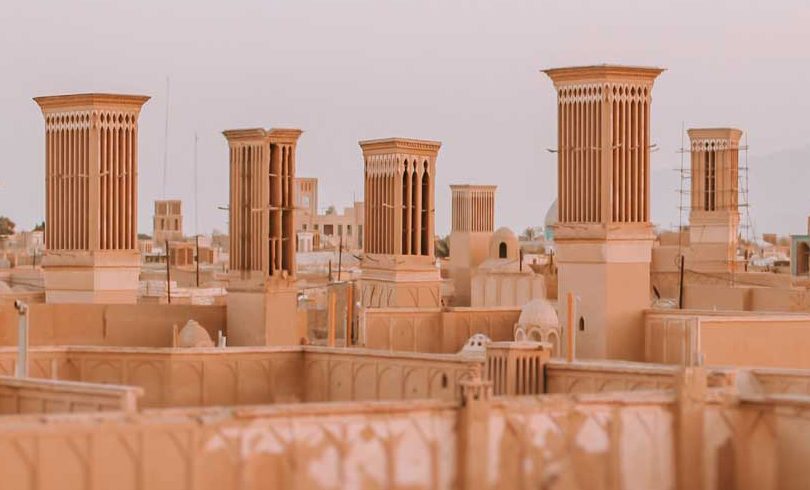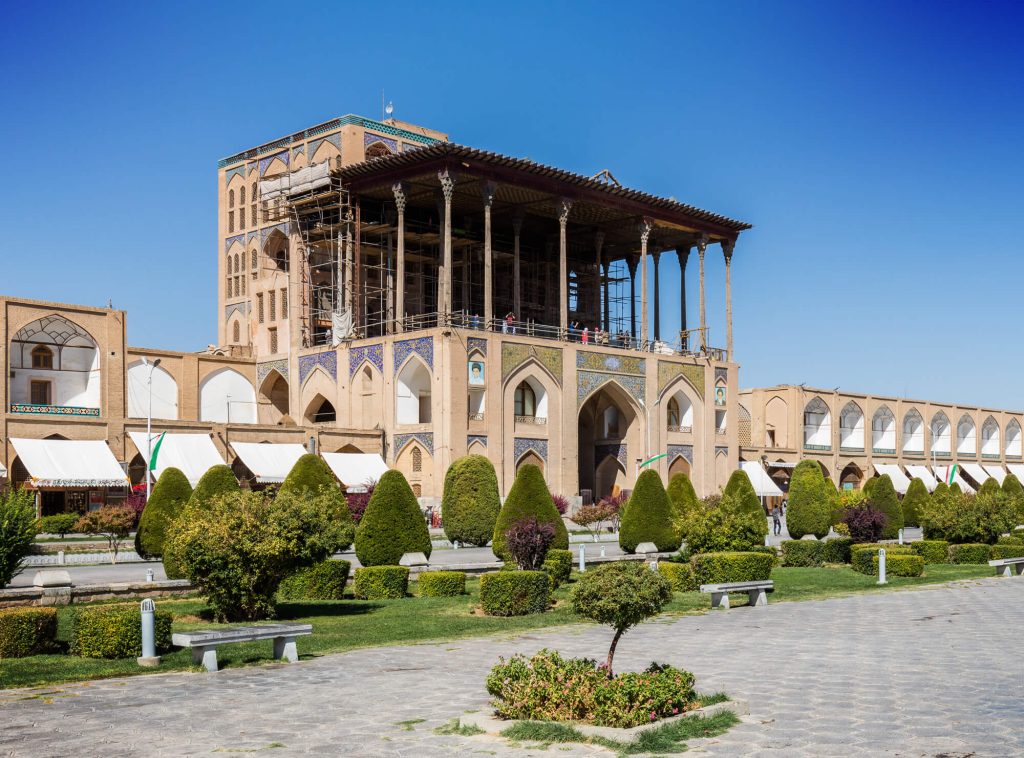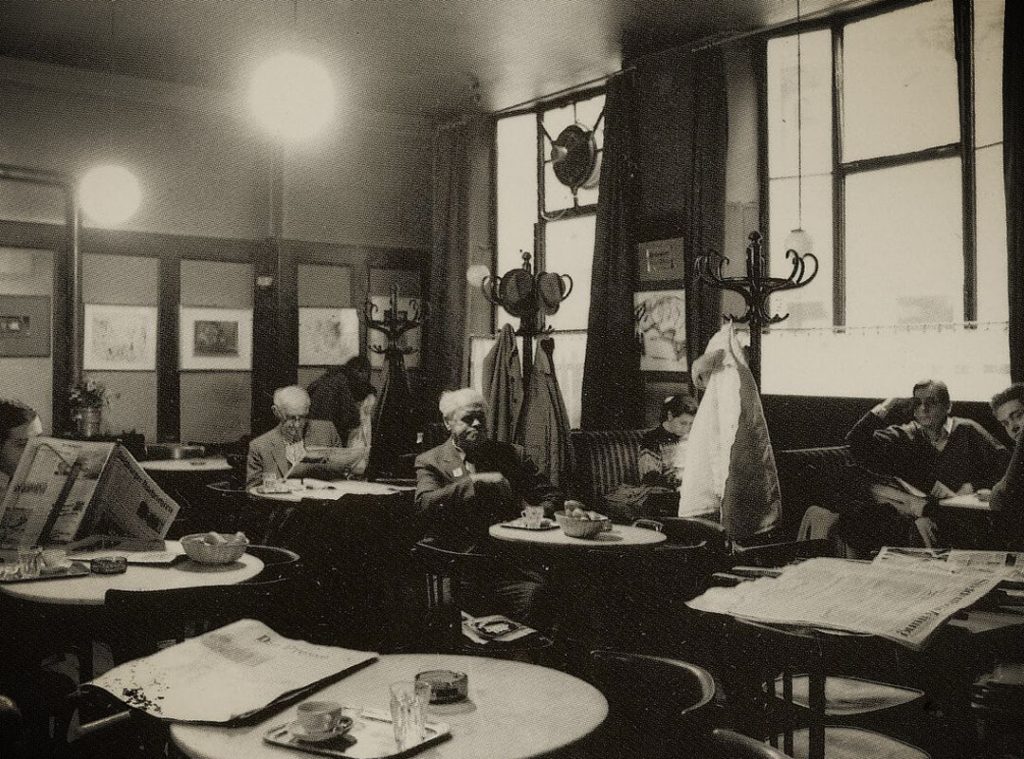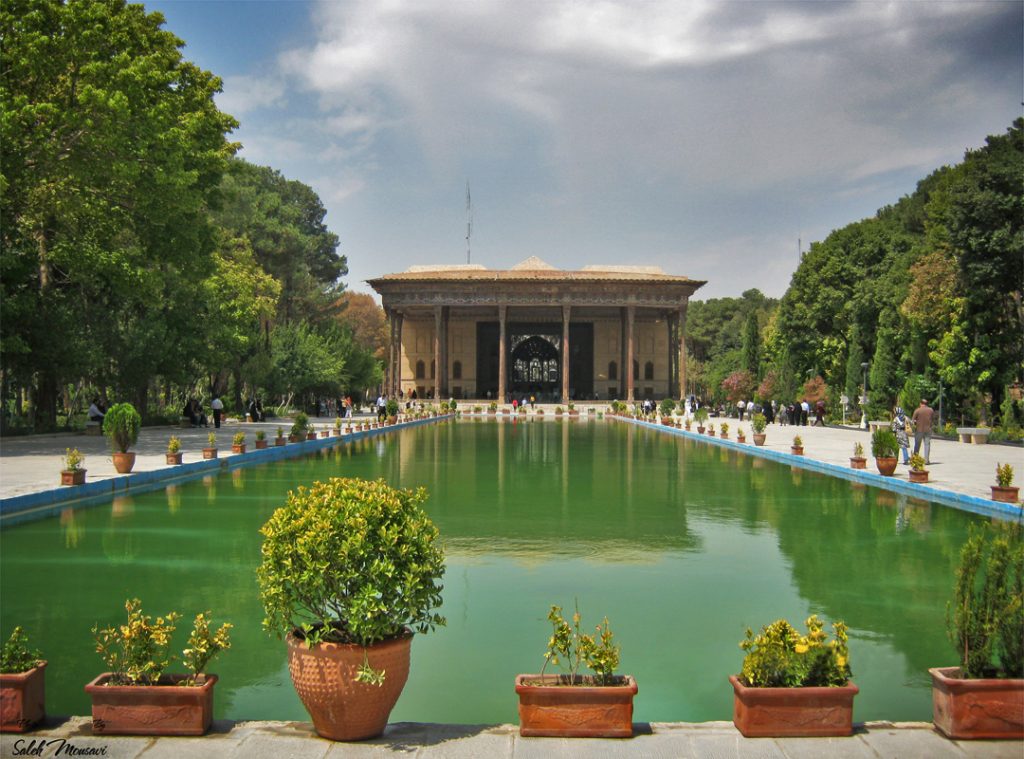Alamut Castle is a renowned historical fortress situated in the Qazvin state of Iran. Its name is synonymous with the Nizari Ismaili sect and their charismatic leader, Hasan-i Sabbah. This castle holds a pivotal place in the annals of Islamic history, primarily due to its association with the Ismaili Assassins, a group known for its covert activities and strategic use of political assassinations during the 11th century. Learn more at Hey Persia.
Historical Significance of The Alamut Castle in Iran
Generally, The origins of Alamut Castle can be traced back to the 8th century. It was in the 11th century, however, that this fortress gained its fame. Hasan-i Sabbah, a prominent figure in Ismaili Islam, took control of the castle in the late 1090s. Under his leadership, it became the headquarters for the Nizari Ismaili sect, which was a branch of Shia Islam. Hasan used the castle as a base for his movement and is often credited with shaping the history of the region.
Strategic Location of The Alamut Castle in Iran
Accordingly, Alamut Castle’s strategic location in the Alborz Mountains made it an ideal stronghold for Hasan and his followers. Its high elevation and defensible position rendered it nearly impervious to conventional military assaults.

Assassinations and Covert Operations
The Ismaili Assassins, often referred to as the Hashashin, or Assassins, were known for their use of political assassinations to achieve their goals. Alamut Castle served as the epicenter of their activities. Moreover, It was from here that Hasan and his followers carried out a series of covert operations, assassinating prominent figures in the region.
The Decline of The Alamut Castle in Iran
Over the centuries, Alamut Castle changed hands multiple times, and its strategic significance waned. It suffered a significant blow in 1256 when it was captured and destroyed by the Mongols under Hulagu Khan. The once-mighty fortress was reduced to ruins, marking the end of the Ismaili presence in the region.
Architectural Features
Alamut Castle is a remarkable example of medieval Persian fortification. It was ingeniously designed to withstand attacks and offers breathtaking views of the surrounding valley. The fortress comprises several buildings, including a main tower, mosque, living quarters, and defensive walls. The castle’s unique architecture and strategic positioning make it a historical marvel.

Defensive Structure
The defensive structures of Alamut Castle were formidable, designed to withstand assaults from both the ground and the air. Its thick walls, concealed chambers, and intricate passageways made it challenging for invaders to breach the fortress.
Legacy and Influence
Alamut Castle left an indelible mark on the history of the Middle East. The Nizari Ismaili sect’s activities and their association with the castle played a significant role in shaping the political landscape of the region during the 11th century. The term “Assassin” itself has its origins in the activities of the Ismaili Assassins.
Cultural Influence
The legends and stories surrounding Alamut Castle have inspired numerous works of literature, art, and popular culture. It continues to be a subject of fascination and intrigue, with its legacy living on in contemporary storytelling.
Preservation and Tourism
In recent years, there have been efforts to preserve and restore Alamut Castle. These initiatives aim to protect the historical and cultural significance of the site and make it accessible to tourists and history enthusiasts.
Tourist Attractions of The Alamut Castle in Iran
Today, Alamut Castle stands as a popular tourist attraction in Iran. Visitors can explore the ruins of the fortress, gaining insights into its historical importance and architectural ingenuity. The surrounding Alamut Valley is also a scenic destination, offering hiking and exploration opportunities.
The Alamut Castle in Iran
The Alamut Castle in Iran, with its rich history and association with the Ismaili Assassins, remains a symbol of intrigue and historical significance. It stands as a testament to the strategic prowess of its former occupants and continues to captivate the imaginations of those interested in the medieval history of the Middle East. Its legacy endures not only in the physical ruins but also in the stories and legends that surround it, making it a compelling destination for travelers and history enthusiasts alike.

